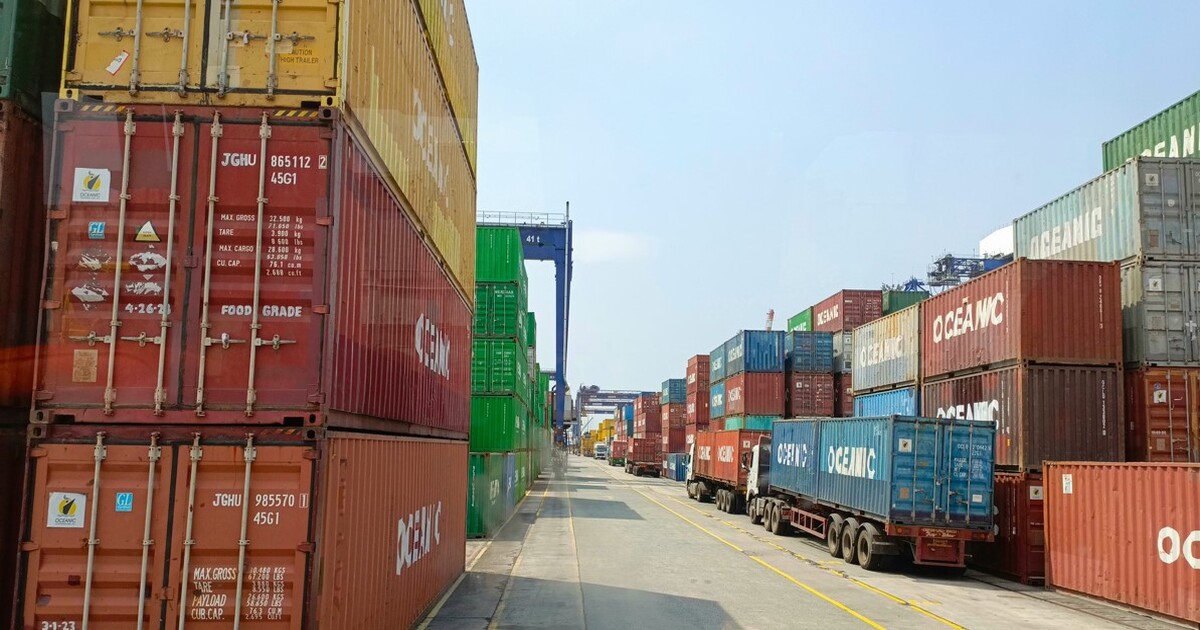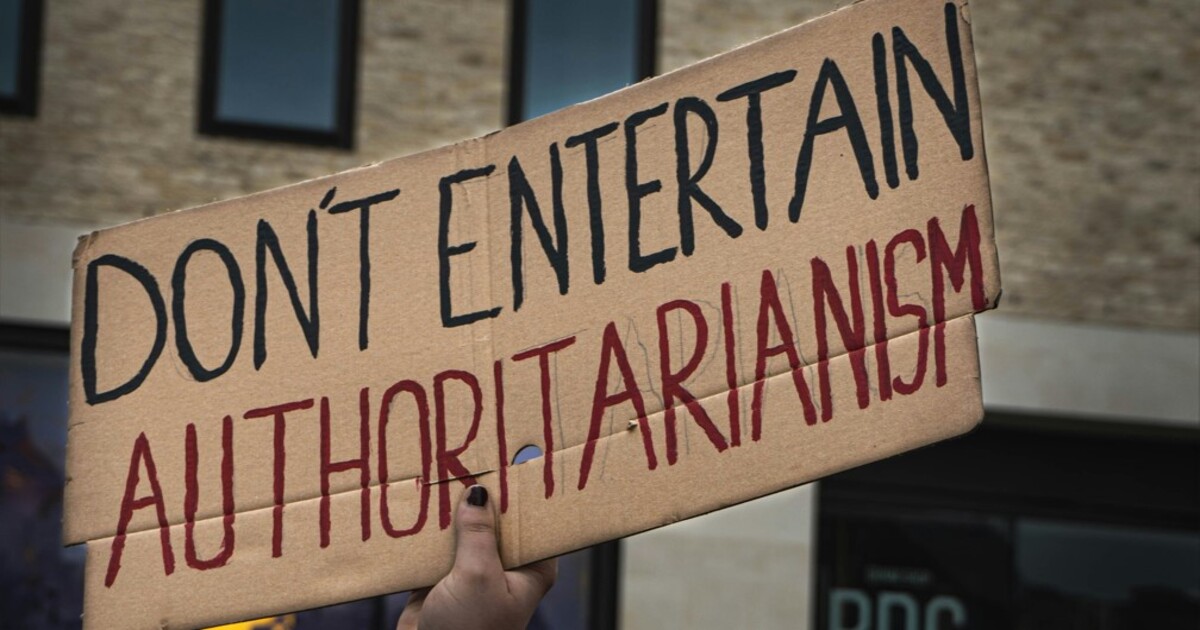Understanding Trump’s Tariff Blunder
How and why Donald Trump’s tariff war will impose heavy costs on the United States.
April 7, 2025

Trump’s tariffs are inspired by a need for tax revenues coupled with an unwillingness to directly raise taxes (tariffs do it indirectly).
But the economic turmoil from his massive tariffs will cause lasting economic harm to most households — and electoral harm to Trump and the Republican Party brand.
Increasing U.S. debt
The first Trump administration financed its huge tax cuts by adding to the U.S. national debt. This year, Trump has proposed additional tax cuts that would raise the national debt by about 20%. He plans to extend his 2017 tax cuts (costing $4.6 trillion over a decade) while cutting a new array of taxes ($2 trillion) and restoring the tax deductibility of state and local taxes ($1.2 trillion).
Congressional Republican fiscal hawks and the Federal Reserve oppose ballooning the debt, given that Elon Musk’s DOGE theatrics — cruel as they are — only save a relative pittance for the U.S. federal budget.
The plutocrats party
The root of Trump’s fiscal problem is the character of today’s Republican Party. It has become a billionaires’ Party, its agenda dictated by wealthy donors and corporate boards.
Donations from plutocrats contributing more than $1 million apiece totaled $2.47 billion in 2024 — representing a stunning 56% of all Republican donations.
Unsurprisingly, these donors vehemently oppose paying taxes. Judging by the example of Elon Musk, they are willing to go to extraordinary lengths — even despoiling U.S. democracy — to avoid them.
In addition, billionaires are vehemently opposed to higher wages and unionized collective bargaining. Trump agrees with them, even though they are the critical components of rising middle-class prosperity.
That creates a second problem because Trump and the Republicans’ electoral success depends on working and middle-class voters frustrated with their chronically weak economic prospects.
A narrow win
Trump prevailed in 2024 thanks to very narrow wins in the key swing states of Pennsylvania (won by 1.7%), Michigan (1.4%) and Wisconsin (0.8%). A swing of just 115,000 total votes in those states would have elected Vice President Harris instead.
About half of the electorate in these states in 2024 comprised non-college white voters. They overwhelmingly pointed to inflation and economics as their “most important issue” — 85% of them in Pennsylvania and Michigan, and 88% in Wisconsin.
Unsurprisingly, promoting collective bargaining is not acceptable to Republican donors, Trump has resorted to tariffs in order to boost manufacturing jobs.
And while small, targeted tariffs might arguably be helpful, Trump simplistically always thinks big.
And while the vast scope of his proposed tariff regime has ignited a global trade war, it will not at all raise the revenues hoped for by Trump
Trump’s economic fiasco
Trump’s tariffs are also creating economic havoc. They will raise the border tax on U.S. imports above Great Depression levels — from 2.5% to an average 22%.
Trump won the election thanks in good measure to inflation. Yet, his tariffs are projected to raise the cost of Chinese goods in the United States by 22% and the cost of European goods by 17%.
JP Morgan is projecting that his new tariffs will increase domestic U.S. auto prices by 11.4%, with overall inflation increasing in 2025 to 2.7%.
These higher prices are a surtax on consumers which will immediately reduce household incomes. The non-partisan Tax Foundation estimates that households will face the equivalent of an average tax hike of $1,900 in 2025 alone.
U.S. consumer sentiment has already dropped over 30%, increasing the odds of a global recession to 40% as household spending slows.
The projected 0.7% slowdown in U.S. growth this year will reduce after-tax income by nearly 2%, shrink the capital base by 0.6% and destroy a projected 600,000 jobs.
The impact on business
Businesses will also be directly impacted. Factory and auto plant inputs from abroad will become more expensive, forcing producers to raise prices — reducing sales and employment.
Trump’s tariffs are intended to boost the heartland economy. But based on results from Trump’s first wave of tariffs (2018 – 2019), reduced incomes and GDP will cause Trump’s tariffs to fail in their goal of economically reinvigorating the U.S. heartland.
Middle and working-class men as women will suffer as wages and job growth sag.
Dismissive of complaints
Trump is stunningly dismissive of consumer and business complaints. He exploited concerns about economics and inflation during the 2024 election.
But he is ignoring the lesson. He and his cabinet fecklessly arguing that access to “cheap goods” is not a priority, that he “couldn’t care less” about higher car prices and a recession is a worthwhile price for his policies.
Trump’s astounding lack of situational awareness reveals his vainglory ignorance.
Retaliation
Moreover, trade wars quickly become complicated. Retaliation by nations including China, Canada, Japan and European countries will compound these negative effects.
For example, U.S. farmers — heavily dependent on exports to nations like China — are certain to be harmed.
In 2018, tit-for-tat retaliatory Chinese tariffs on U.S. soybeans, pork, wheat, beef and corn exports, for example, reduced U.S. farm incomes by tens of billions of dollars.
Alarmed Congressional Republicans and Trump decided to expensively reimburse angry farmers. In the following several years, Trump’s $61 billion in compensatory handouts to aggrieved farmers equaled 92% of the $66 billion in revenue raised by the tariffs according to the Council on Foreign Relations.
The bottom line
Trump will almost certainly provide additional bailouts in the months ahead, which will greatly reduce the tax revenue gain motivating his trade war.
His alternative is to appeal to his working-class electoral base by raising taxes to expand the social safety net.
Yet, the Republican billionaire donor base is deeply offended by policies – like the Affordable Care Act (Obamacare) – that replicate the European social safety net.
And it is their opposition that inspired Trump’s fanciful plutocratic dream of tariffs that hearken back to the 19th century world of mercantilism and the gold standard.
Trade wars are messy and end badly. And this one will, too.
Takeaways
How and why Donald Trump's tariff war will impose heavy costs on the United States.
Trump’s tariffs are inspired by a need for tax revenue coupled with an unwillingness to directly raise taxes (tariffs do it indirectly).
The root of Trump’s fiscal problem is the character of today’s Republican Party. It has become a billionaires’ Party, its agenda dictated by wealthy donors and corporate boards.
Trump won the 2024 election thanks in good measure to inflation. Yet, his tariffs are projected to raise the cost of Chinese goods in the United States by 22% and the cost of European goods by 17%.
The projected 0.7% slowdown in U.S. growth this year will reduce after-tax income by nearly 2%, shrink the capital base by 0.6% and destroy a projected 600,000 U.S. jobs.
Trade wars quickly become complicated. Retaliation by nations including China, Canada, Japan, and European countries will compound these negative effects.

